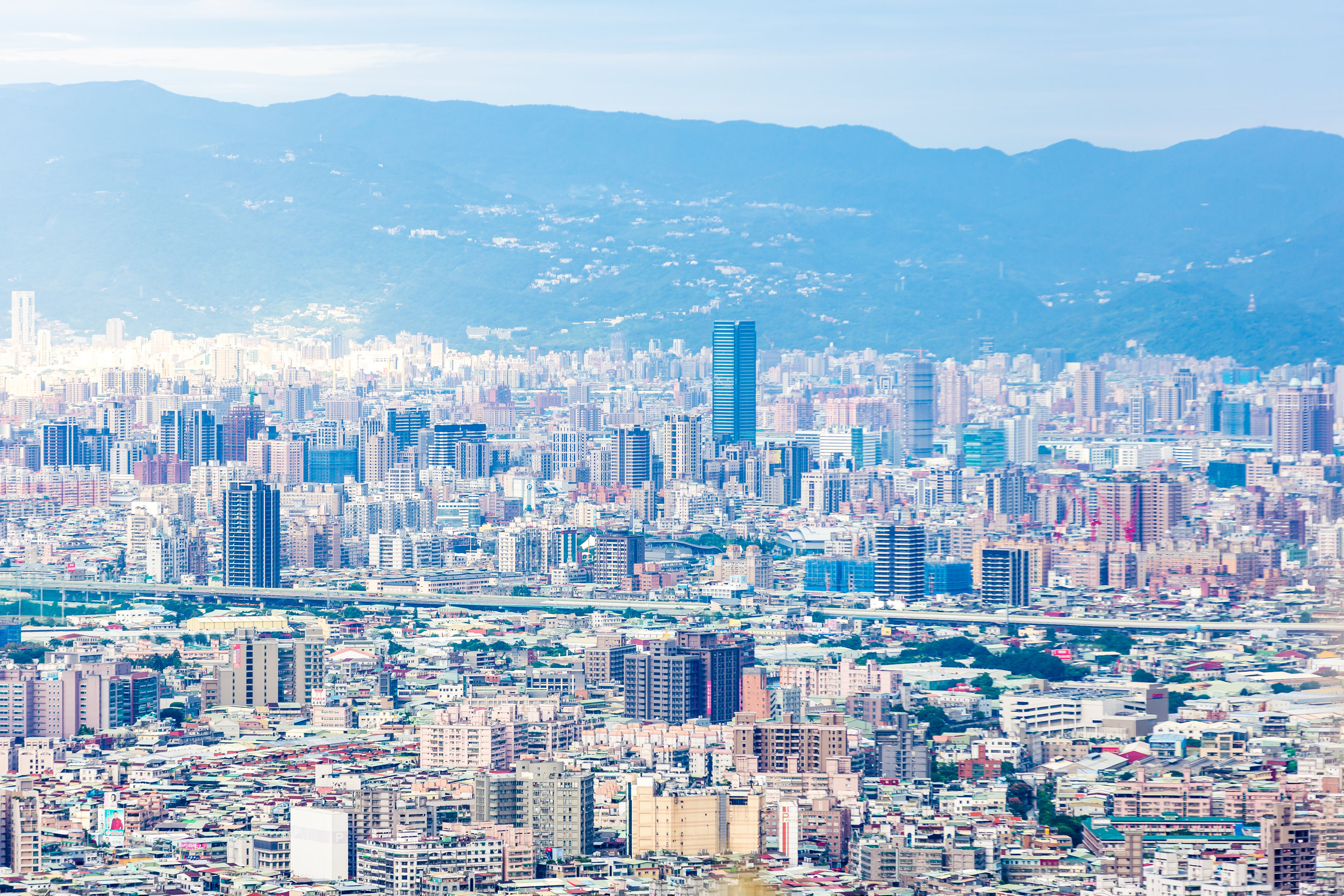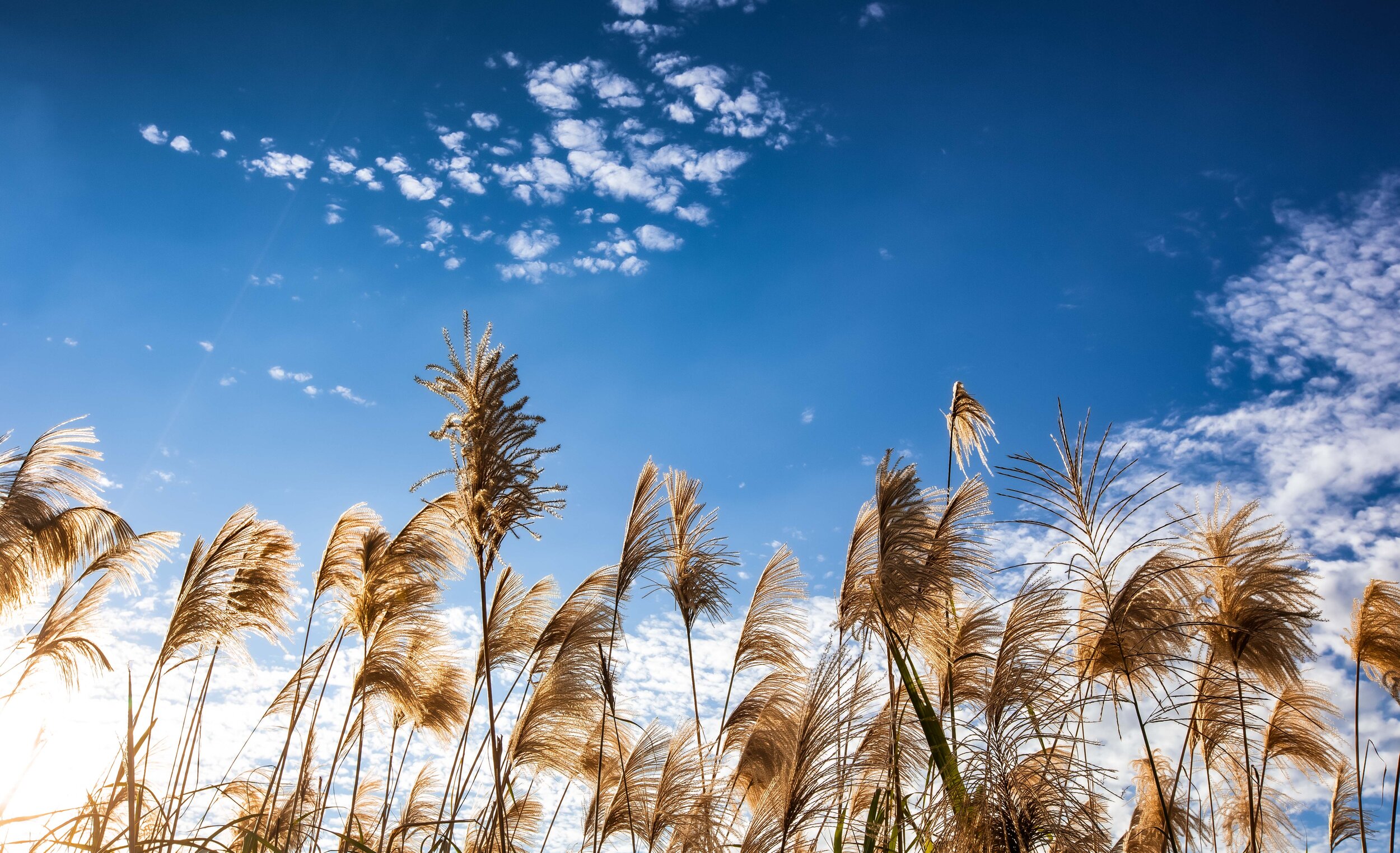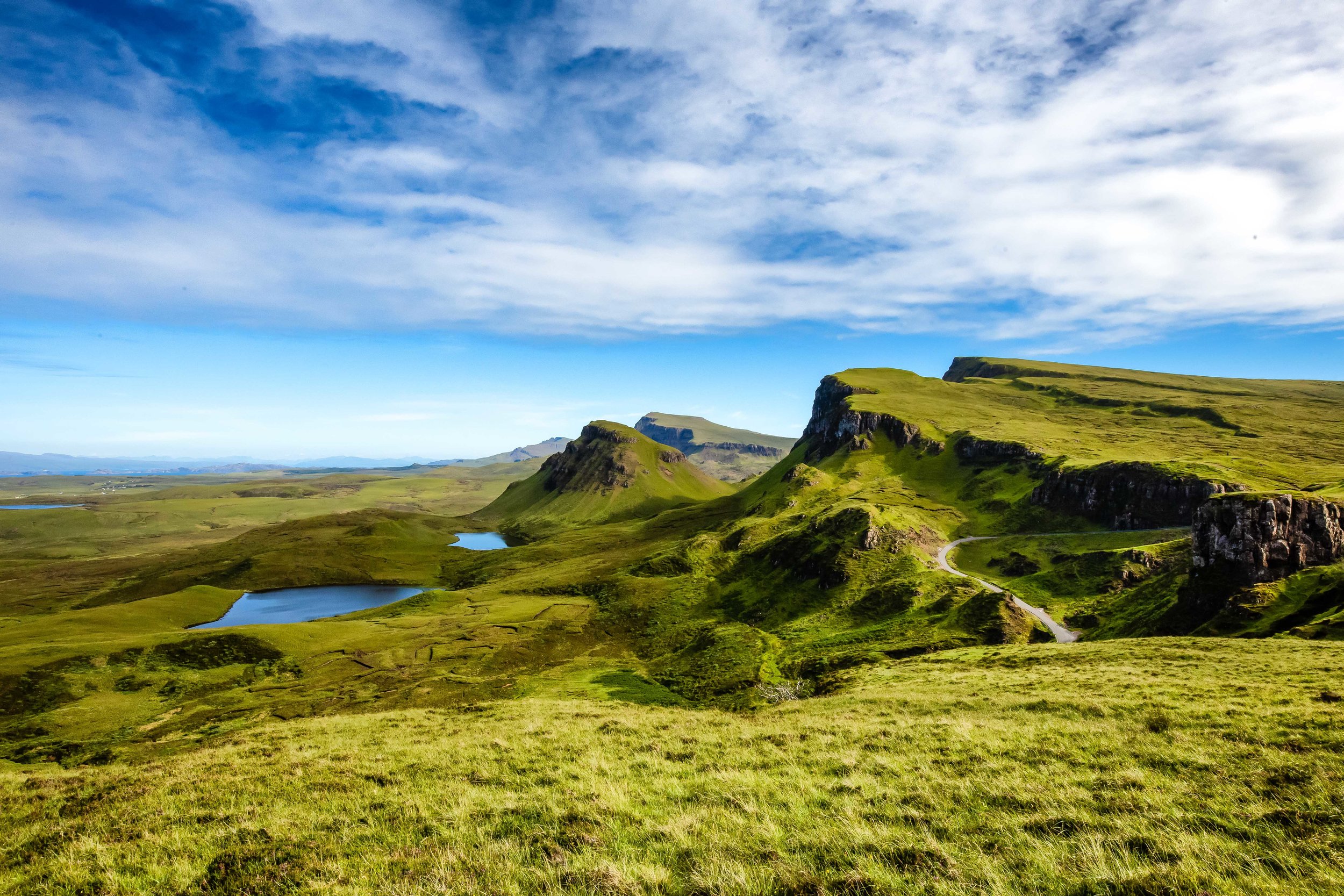A few years ago I posted a blog about the beautiful Silver Grass (芒花) that appears during the Autumn and Winter months in Taiwan turning the country’s lush green mountains white.
I might have been a bit ahead of the curve as the blog post was the only English-language resource available at the time that introduced the beautiful weeds.
Since then ‘Silver Grass tourism’ has sort of become ‘thing’ around here and people are flocking to mountains all over the country taking photos of the tall grass.
I’d like to think my humble blog post played a small role in that.
Actually no, I jest.
The sudden popularity of Silver Grass-related tourism as of late is probably thanks to what I’ve started to refer to as ‘Insta-tourism.’
To put it simply, trends in domestic tourism in Taiwan these days is almost completely driven by trends on Instagram and Social Media - Think Pokemon Go, but instead of catching a monster, you get to take photos.
In the the west we’ve taken to referring to those people who earn a living from their Instagram following as ‘influencers’ while here in Taiwan they are known as “Internet Beauties” (網美) or “Internet Celebrities” (網紅).
In Taiwan these so-called influencers play a lot of the same advertising roles that they do in other countries but are also very much engaged in driving new trends and introducing new photo locations to their followers.
A single photo from one of these people has the ability to turn what was once a quiet destination (enjoyed mostly by locals) into a social-media sensation.
As an avid hiker, I’ve found that I’ve always been able to climb mountains on weekends and never really had to deal with traffic jams on the trails. Now though, you have to be very selective of what mountains you are climbing as some of them have become popular spots for Instagrammers to roam around.
As I’ve mentioned before, Jinmian Mountain (金面山), Kite Mountain (鷹山), the Sacred Mother Peak (聖母山步道), Yuanzui Mountain (鳶嘴山) and the Pingxi Crags were all hiking trails that were pretty much only frequented by hiking groups. Today they are all filled with people looking not for a good day of exercise but to increase their follower counts.
Whether or not this kind of tourism is a good thing remains to be seen.
As Silver Grass tourism became a popular trends over the past few years, the mountains where it grows in abundance have been filling up with visitors.
Traditionally, the most popular locations to go and check it out has always been on Taipei’s Yangming Mountain (陽明山), Cixing Mountain (七星山), Datun Mountain (大屯山) or on the historic Caoling Trail (草嶺古道).
This year however there was a new contender for the most popular spot thanks to Instagram.
Like many other mountains in Taiwan as of late, what was once a quiet hiking trail frequented only by locals, Sanjiaopu Mountain (三角埔頂山) has became yet another internet sensation thanks to the power of social media.
The mountain which sits on the border of Taoyuan and New Taipei City was once most well-known for its panoramic cityscape views of the Taipei basin. These days however not many people really care about those beautiful views as Silver Grass tourism has completely taken over.
Interestingly enough, despite the local government having constructed a well-maintained hiking path on the mountain, it was never really that popular as most people stayed away due to the fact that the mountain is also home to a cemetery - which in Taiwan automatically means there are ghosts!
Rising only 285 meters above sea-level, Sanjiaopu Mountain isn’t a very big one and doesn’t actually require much hiking. You can drive your car or scooter almost all the way to the top where there is a parking area at the trailhead.
From the trailhead you only really need to walk about five minutes to reach the peak.
Not really a day trip if that’s what you’re looking for.
There are however several trails on the mountain that allow visitors to walk around the perimeter where you’ll get different panoramic views of the cityscape.
On a clear day you’ll be able to see as far as Guanyin Mountain (觀音山) to the north and Datun Mountain (大屯山) and pretty much all of Taipei City to the east.
The views on top of this mountain are ideal for landscape or cityscape photographers.
While most people enjoy the views of Taipei City from Elephant Mountain (象山), this mountain provides a completely different perspective than what most are used to seeing and is justifiably very popular after dark for unparalleled night views of the city.
These days however its all about the Silver Grass.
Silver Grass (芒花)
Silver grass or ‘Miscanthus Sinensis’ is a species of flowering plant that is endemic to East Asia growing in Taiwan, Korea, Japan and China. In both Taiwan and Japan, the plant is widely respected and when it is in bloom people will flock to the mountains and hillsides to see it.
Coincidentally in North America attitudes toward the plant are the polar opposite as it is considered an invasive species and is usually destroyed to control its growth.
It's interesting that the so-called “weed” is reviled in one area and highly respected in another.
Between the months of October and December you can pretty much see wild silver grass growing all over Taiwan - Its literally everywhere you find a patch of grass.
If you want to see it growing in abundance, or you want to get some photos of yourself in a field full of it - you're going to have to head to the mountains where it grows without impediment.
Check out my blog post from a few years ago where I posted photos of the beautiful Silver Grass from the top of Datun Mountain in Taipei.
Getting There
As I mentioned above, Datun Mountain and Yangming Mountain in Taipei have always been most popular thanks to their accessibility when it comes to public transportation.
Unfortunately for the ‘influencers’ of the world, if you want to visit this one, you’re not going to be able to rely on public transportation to get there.
I mean, you could take a bus from Shulin (樹林) to Taoyuan (桃園) and get off somewhere in the middle and then walk a few kilometres up the paved mountain road.
But thats not really the best idea if you want to enjoy your time on the mountain.
If you do insist on using public transportation it’d be best to first take a train to Shulin Train Station (樹林車站) and from there take bus 701, 843, 985 or Orange 26. While on the bus watch for the “New Village” bus stop (新村站) where you’ll get off and begin your 2km walk up the mountain.
On the other hand, if you have your own means of transportation you’ll want to take Provincial Highway #1 (省道台一線) from either Taoyuan (桃園) or Xinzhuang (新莊) and turn off at the Dadong Bridge (大棟橋) where you’ll be transported behind some factories and up the mountain.
The mountain has quite a few side roads though and its easy to get lost, so its probably a better idea to input the words “三角埔頂山“ into Google Maps, which will guide you up the mountain where you’ll be able to park.
I realize that by (purposely) posting this blog well-after the Silver Grass season has ended won’t really help you out very much - especially if you’re an Instagrammer looking for a cool new spot to take photos - You’ll have to wait until next year for that.
This mountain however is a great spot all year long, so if you’re looking for somewhere to take cityscape photos that are going to turn out different than everyone else’s - you’ll definitely want to consider visiting this mountain!
Likewise, if you’re reading this blog just in time for Silver Grass season make sure to visit for the Silver Grass but remember to stay for the cityscape photos - especially at night!











































